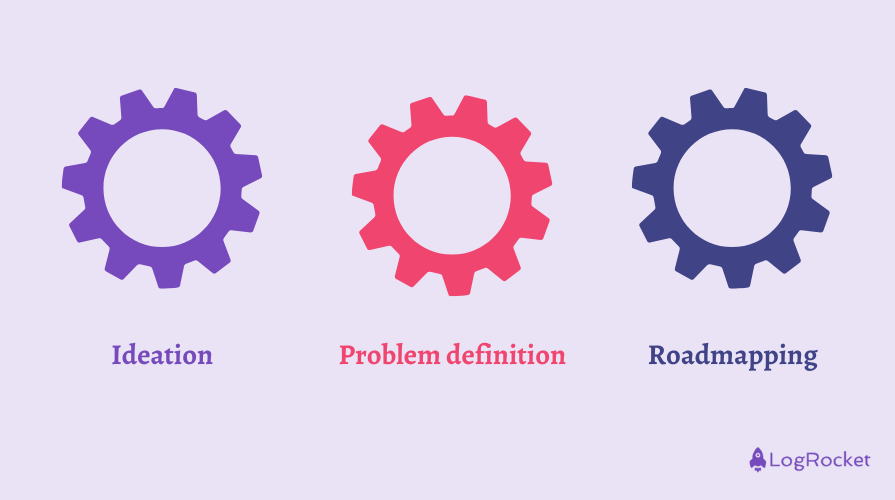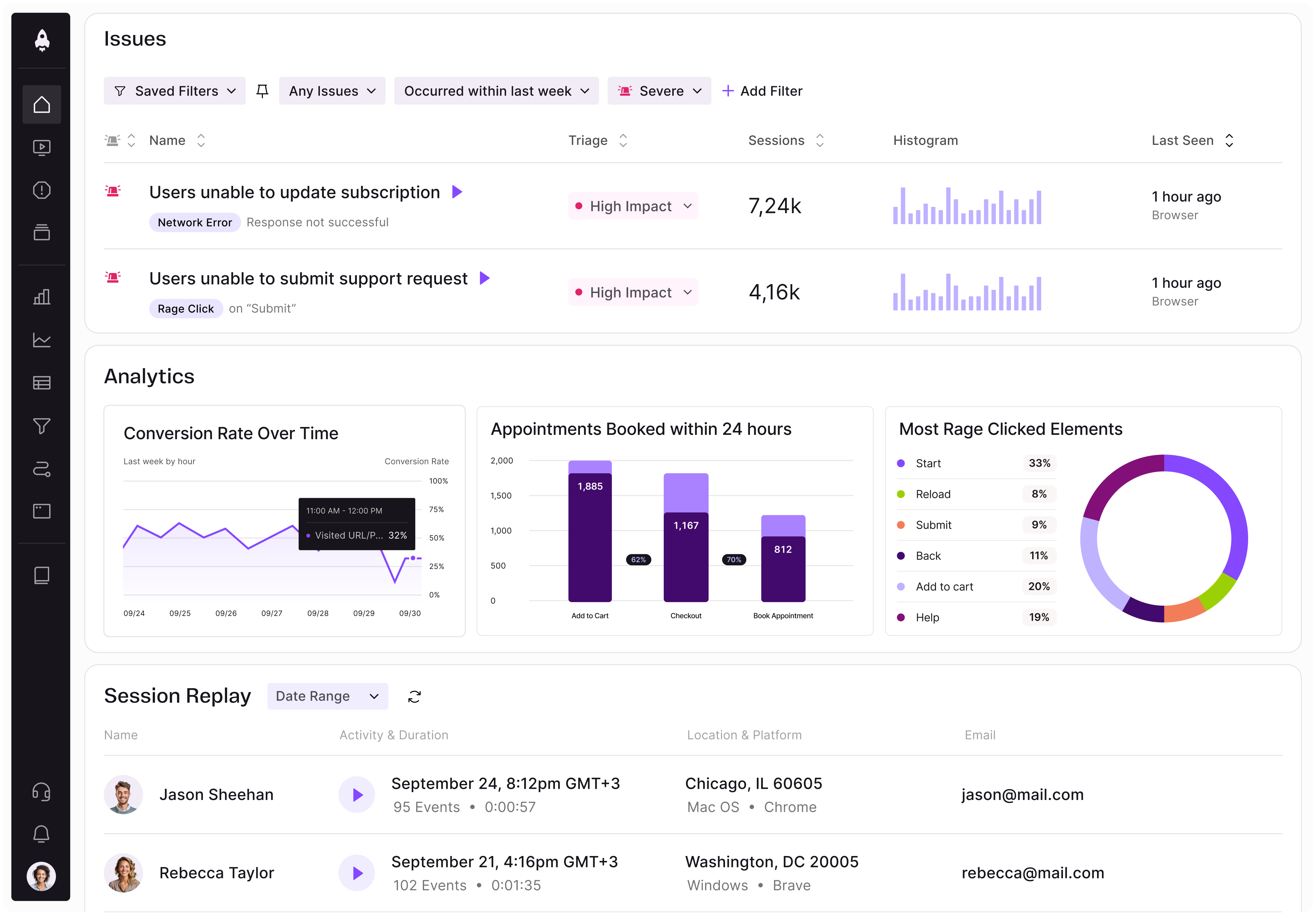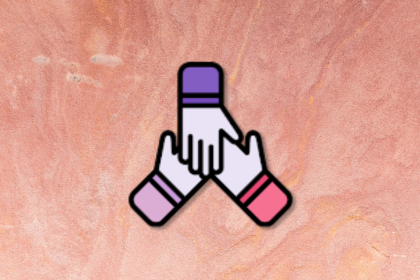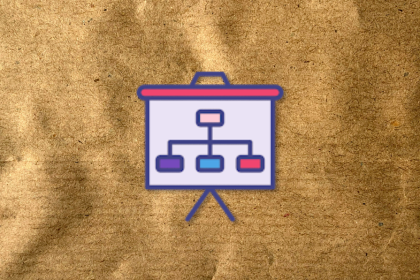A recent study from Atlassian shows that upwards of 80 percent of product teams don’t collaborate with engineers during the early stages of product development.

Product managers tend to exclude engineering teams from ideation, concept validation, discovery, and roadmap stages. If you’ve fallen into this trap, you’re missing out on an opportunity to blend technical perspectives with strategy.
The reality is that early involvement isn’t a nice-to-have. It’s a high-level collaboration move. Keep reading to learn the benefits of involving engineers early, as well as actionable ways that you can include them.
Reframing the statistic I opened with, only 20 percent of engineering teams are part of the early stages of product development. With such little adoption, it might be easy to assume it’s because engineers don’t need to participate in these phases.
But non-participation can have a negative impact on the final product as an engineering team’s role can become isolated with a narrow focus on implementing code and technical excellence.
The traditional PM-to-engineering handoff ends up limiting collaboration and adaptiveness to future changes. Moving away from handoffs and adopting a feedback loop with engineers can improve product development.
When this happens, teams work together to reach the same goal, and there’s less working in silos. Some other benefits of including engineers in all the phases of product development include:
In your current work structure, you might have teams working apart and operating in a linear process. Some engineers may even consider it “not their job” to work on product ideation.
While it’s not the engineering team’s main role, product managers should give them a say in the roadmap.
To do this, you’ll need to shift the culture towards shared ownership. This can help improve team engagement and make better technical decisions.
A product trio can create clear partnerships between product managers, designers, and tech leads. Sharing product learnings in a triad means that every angle is considered before making a strategic decision.
It’s especially important that you include your engineering teams in three critical stages:

PMs often shoulder Ideation. You want to change this and move to a cross-functional discovery session. You can include engineers, designers, and subject matter experts. Each person can provide unique perspectives on product problems and solutions.
One of the primary gains of inviting engineers is gauging feasibility. Documenting feasibility risks can help guide roadmap priorities.
Discovery sessions also encourage engineers to ask product managers and designers, “Why are you building it this way?” They could propose alternative solutions that are easier to implement or maintain over time.
But engineers can do more than provide feasibility insights. Some of them may even have creative ideas to fix customer problems.
During the discovery process, it may help to invite engineers to attend customer interviews. Not only does this build empathy for the customer, but it also allows engineers to pinpoint the impact their work makes.
Customers can face multiple challenges and pain points. During product development, it’s sometimes difficult to determine what to do to fix an issue.
Crafting a problem statement can help define the current problem, what the customer wants instead, and why it’s important to them.
Sometimes a customer problem is not well-defined. Other times there are multiple layers that cloak the root cause for discontent.
Engineers can scope if a problem is a systemic issue and also validate assumptions about product constraints and dependencies. Additionally, engineers are capable of identifying technical challenges that are part of the customer narrative.
Based on this understanding, engineers can then co-create an evidence-based problem statement that reveals the actual problem. A well-structured problem statement leads to creating a solution that fixes the issue.
Finally, you should consider co-owning roadmaps with engineers. The shift allows for better balance between technical considerations and business objectives.
Engineers can help create a technical roadmap about how to implement new features and product changes. The actionable engineering tasks can enhance the roadmap’s clarity.
A tech lead can also highlight technical debt reduction that supports product goals. For example, engineers can address related tech debt that is relevant to the feature being worked on.
It can be challenging for product managers to prioritize resources to tech debt, but an engineer can find ways to incorporate it into a sprint.
Now that you know why to involve engineers, let’s turn our attention towards how you can bring them into the process earlier. Consider these three best practices:
Create a workflow to ensure engineers can participate. Defining rituals helps foster collaboration and alignment between teams. For example, a routine backlog refinement session can help prepare actionable steps for the next sprint.
Engineer involvement is an ongoing process. It’s important to establish async channels to keep team members informed of updates and progress. You can have open documentation to share concepts, technical notes, and discovery findings.
Make customer insights available to everyone. One way to do that is to remove siloes. Customer feedback and other documents are often spread across multiple platforms.
Creating a single source of truth makes it easy to share results with engineers. They can view customer interviews, user interactions, and other patterns to gain context for their work.
You could measure success by metrics like reduced rework and shorter time-to-market. However, you should also consider team satisfaction.
Collaboration can increase a sense of ownership and improve team engagement. It also gives engineers a stronger understanding of customer needs. Measuring team morale can help you gauge if engineers are motivated, engaged, and less likely to turnover.
To get started working cross-functionally, try the following:
Involving engineers has many benefits, but you don’t want to overwhelm them.
As a product manager, you don’t want to assign tasks that distract engineers from their role. These tasks should complement their engineering work.
You want to find a sweet spot that ensures their engagement without engineers feeling like they’re doing your job as the product manager.
The same study that I mentioned in the introduction also mentions other barriers that prevent optimal teamwork. Common issues include competing incentives, internal politics, and a lack of leadership support. Dealing with pushback means flexing your product manager muscles for strategic negotiation.
Involving your engineering teams early in the development process provides you with a competitive advantage. They can spot potential problems, determine feasibility, and build better products. It’ll lead to happier customers and improve business outcomes.
Try starting with one pilot initiative to prove the value of cross-functional collaboration. Host a joint discovery sprint or invite engineer feedback on an early Figma prototype. The results can then help guide the move to a functional product trio.
Featured image source: IconScout

LogRocket identifies friction points in the user experience so you can make informed decisions about product and design changes that must happen to hit your goals.
With LogRocket, you can understand the scope of the issues affecting your product and prioritize the changes that need to be made. LogRocket simplifies workflows by allowing Engineering, Product, UX, and Design teams to work from the same data as you, eliminating any confusion about what needs to be done.
Get your teams on the same page — try LogRocket today.

A practical guide for PMs who want to stop being bottlenecks, delegate smarter, and lead teams effectively with a clear ownership framework.

Stop letting unreliable data block features. Treat data as inventory to track quality, ownership, and ship with confidence.

Learn why slide decks slow teams down and explore better tools like whiteboards, PRDs, and prototypes to improve collaboration and alignment.

AI PM roles are evolving fast. Learn the five types of AI PMs, the skills they need, and how they shape AI products across industries.